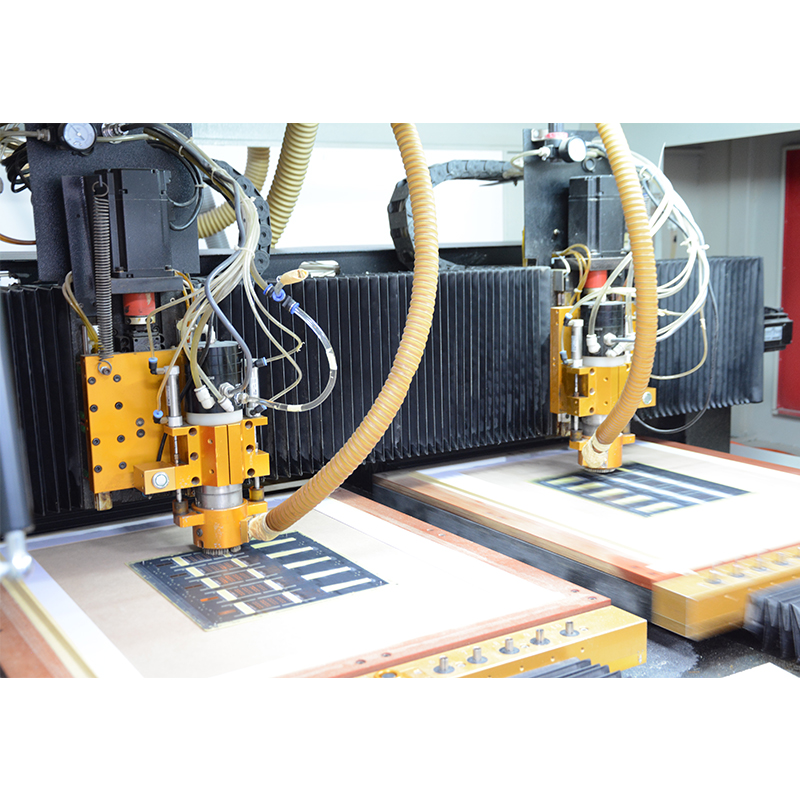Introduce:
As the demand for smart, compact electronic devices continues to grow, manufacturers continue to innovate to meet these needs. Rigid-flex printed circuit boards (PCBs) have proven to be a game-changer, enabling versatile and efficient designs in modern electronics. However, there is a common misconception that manufacturing rigid-flex PCBs requires specialized manufacturing equipment. In this blog, we will debunk this myth and discuss why this specialized equipment is not necessarily necessary.
1. Understand the rigid-flex board:
Rigid-flex PCB combines the advantages of rigid and flexible circuit boards to increase design flexibility, improve reliability and reduce assembly costs. These boards consist of a combination of rigid and flexible substrates, connected using plated through holes, conductive adhesive, or removable connectors. Its unique structure allows it to bend, fold or twist to fit into tight spaces and accommodate complex designs.
2. Requires specialized manufacturing equipment:
Contrary to popular belief, investing in specialized rigid-flex manufacturing equipment is not always necessary. While these boards do require additional considerations due to their construction, many existing manufacturing processes and tools can still be utilized. Modern manufacturing facilities are equipped with advanced machinery to produce rigid-flex panels without the need for specialized equipment.
3. Flexible material handling:
One of the key aspects of manufacturing rigid-flex PCBs is the handling and processing of flexible materials. These materials can be fragile and require special care during manufacturing. However, with proper training and optimized manufacturing processes, existing equipment can handle these materials efficiently. Adjustments to clamping mechanisms, conveyor settings and handling techniques can ensure the correct handling of flexible substrates.
4. Drilling and Plating Through Holes:
Rigid-flex boards often require drilling through holes to interconnect layers and components. Some may believe that a special drilling machine is required due to changes in substrate material. While some situations may indeed require hardened drill bits or high-speed spindles, existing equipment can meet these needs. Likewise, plating through-holes with conductive materials can be accomplished using standard equipment and industry-proven methods.
5. Copper foil lamination and etching:
Copper foil lamination and subsequent etching processes are critical steps in rigid-flex board manufacturing. During these processes, layers of copper are bonded to the substrate and selectively removed to form the desired circuitry. While specialized equipment may be beneficial for high-volume production, standard lamination and etching machines can achieve excellent results in small-scale manufacturing.
6. Component assembly and welding:
Assembly and soldering processes also don’t necessarily require specialized equipment for rigid-flex PCBs. Proven surface mount technology (SMT) and through-hole assembly techniques can be applied to these boards. The key is proper design for manufacturability (DFM), ensuring components are strategically placed with flex areas and potential stress points in mind.
in conclusion:
In summary, it is a misconception that rigid-flex PCBs require specialized manufacturing equipment. By optimizing manufacturing processes, carefully handling flexible materials, and adhering to design guidelines, existing equipment can successfully produce these multifunctional circuit boards. Therefore, manufacturers and designers must work with experienced manufacturing partners who can provide the necessary expertise and guidance throughout the production process. Unlocking the potential of rigid-flex PCBs without the burden of specialized equipment offers industries the possibility to leverage their advantages and create more innovative electronic devices.
Post time: Sep-19-2023
Back







